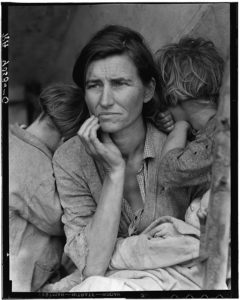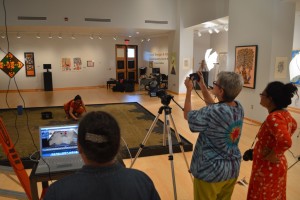 From the Aug. 3, 2020 edition of Columbia Journalism Review:
From the Aug. 3, 2020 edition of Columbia Journalism Review:
The Great Depression had “Migrant Mother,” and World War II “Raising the Flag on Iwo Jima.” The aids crisis had “The Face of aids,” depicting the death of David Kirby; 9/11 had “Falling Man”; and the war in Syria has Alan Kurdi. But now, with the country in hibernation, and hospital patients largely off limits, how can photographers give meaning to the incomprehensible numbers?
In an interview, Pulitzer Prize winning photographer David Hume Kennerly says (among other things):
I know the people who took the greatest photographs ever. Eddie Adams’s “Saigon Execution,” Nick Ut’s “Napalm Girl,” Joe Rosenthal of the Iwo Jima flag raising. And those are pictures that are forever in your heart and soul. And we don’t have that moment right now.
A perfect recent example of the power of the image in a situation like this would be the Syrian refugee kid on the beach. Or the El Salvadorean father and child who had drowned trying to cross the border river. I don’t think one of those kinds of images has been made yet showing the impact of the coronavirus plague. A majority of people are dying in nursing homes and hospitals. It’s a medical atmosphere.


